Programmable vs Smart Thermostats
Both programmable and smart thermostats allow homeowners to save money on their energy bills. Both types of devices are exceptional in regulating the temperature inside your home.
Unlike traditional, non-programmable thermostats, smart thermostats and programmable thermostats are designed to increase and decrease the temperature inside your home automatically — without you having to touch the device physically.
It is essential that you understand the difference between the two devices to determine which option is best for your heating and cooling needs.
What is a Programmable Thermostat?
A programmable thermostat is specifically designed to adjust the temperature inside your home according to various settings. The adjustments are based on settings programmed into the system to take place at different times during the day. For example, a programmable thermostat can adjust to make your upstairs cooler at night when you sleep and change in the morning to accommodate the downstairs temperate for when you wake up each morning.
Programmable thermostats have four diffident models available for scheduling. These include:
- The 7-day model: This allows you to set a different temperature for every day of the week.
- The 5-1-1 model: This allows you to schedule temperatures for Monday through Friday, Saturday, and Sunday, all separately.
- The 5+2 model: This allows you to set two different schedules, one for weekdays and one for the weekend.
- The 1-week model: This model allows you set only one temperature schedule for all seven days.
In addition to programmable thermostats, we are seeing more homeowners turn to smart thermostats to manage their home’s heating and cooling system. These devices go above and beyond the services of programmable thermostats in most cases.
What is a Smart Thermostat?
Smart thermostats are more intuitive when it comes to adjusting the temperature in your home. They will actually learn from your behaviors and make changes based on your preferences. Additionally, smart thermostats are Wi-Fi-enabled, which means you can adjust and program them with a smartphone, computer, or tablet from inside or outside the home.
Selecting the Best Programmable Thermostat for Your Home
It is essential to consider your heating and cooling needs when choosing the best programmable thermostat for your home. You must consider the type of system that you have and verify that the system will work with a programmable thermostat.
Things you should keep in mind include:
- Whether you have an AC/furnace combo, or a heat pump will play a critical role in your ability to install a smart thermostat over a non-programmable thermostat.
- You will also need to know whether you have a single-stage or a two-stage system.
- Finally, you will want to verify that the programmable thermostat that you want has as many terminals as the one you currently have installed. You will need to take off the panel on your current thermostat and compare the terminals to the ones listed in the owner’s manual of the product you selected. Having the same number of terminals is crucial for smart thermostat installation.
What About Zoning?
If your home has multiple zones in the HVAC system, you usually need a single thermostat for each zone. However, some programmable thermostats can now be set to act as a master thermostat for the entire home. This allows homeowners to control each zone independently, all from one location.
A master thermostat will eliminate the need of having to set a schedule for each zone in your home. Instead, it will allow for flawless adjustments across your entire property.
Which is Right For You?
Both programmable thermostats and smart thermostats offer money-saving benefits for homeowners. However, the one you choose is really up to you. It is important to remember that the innovative features included in smart thermostat devices will initially cost you more money. However, controlling your home’s temperatures remotely can be quick, convenient, and save you money in the long run.
Let Our Team Help You Decide
If you are unsure which system will work best for your home, you can request a service from Gainesville Mechanical and let our experts help you decide. Our team can meet with you at your earliest convenience to discuss the benefits of each system and help you decide which option will work best for your needs.
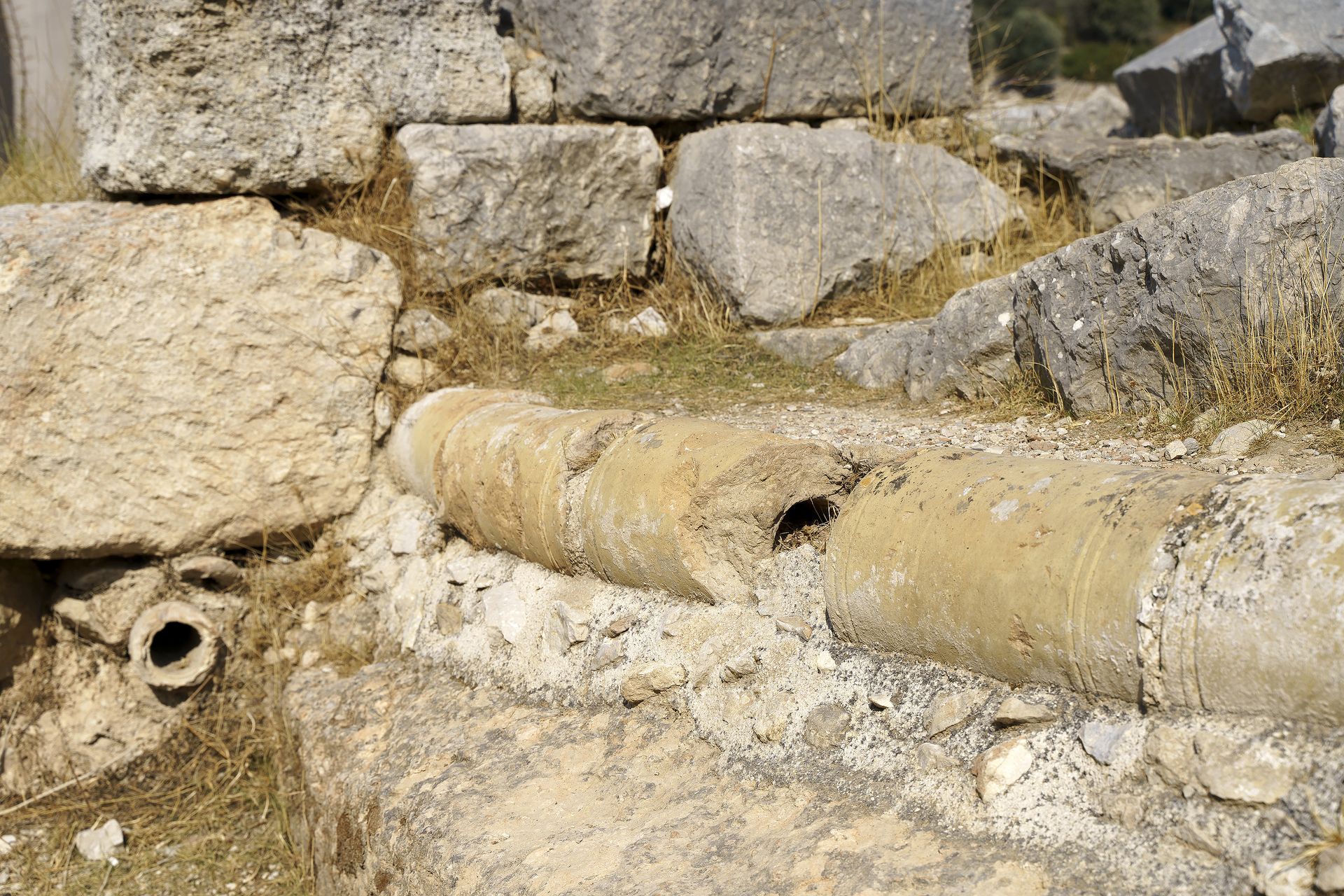
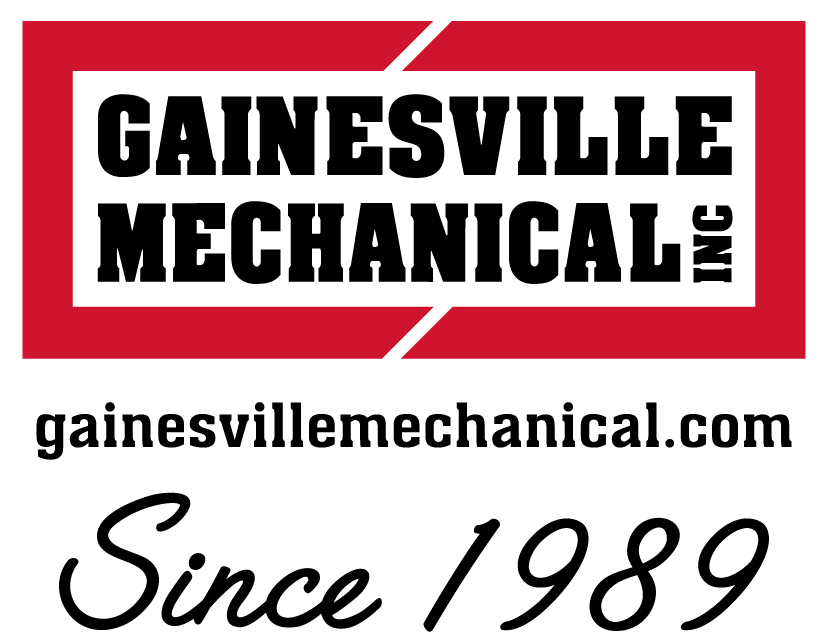
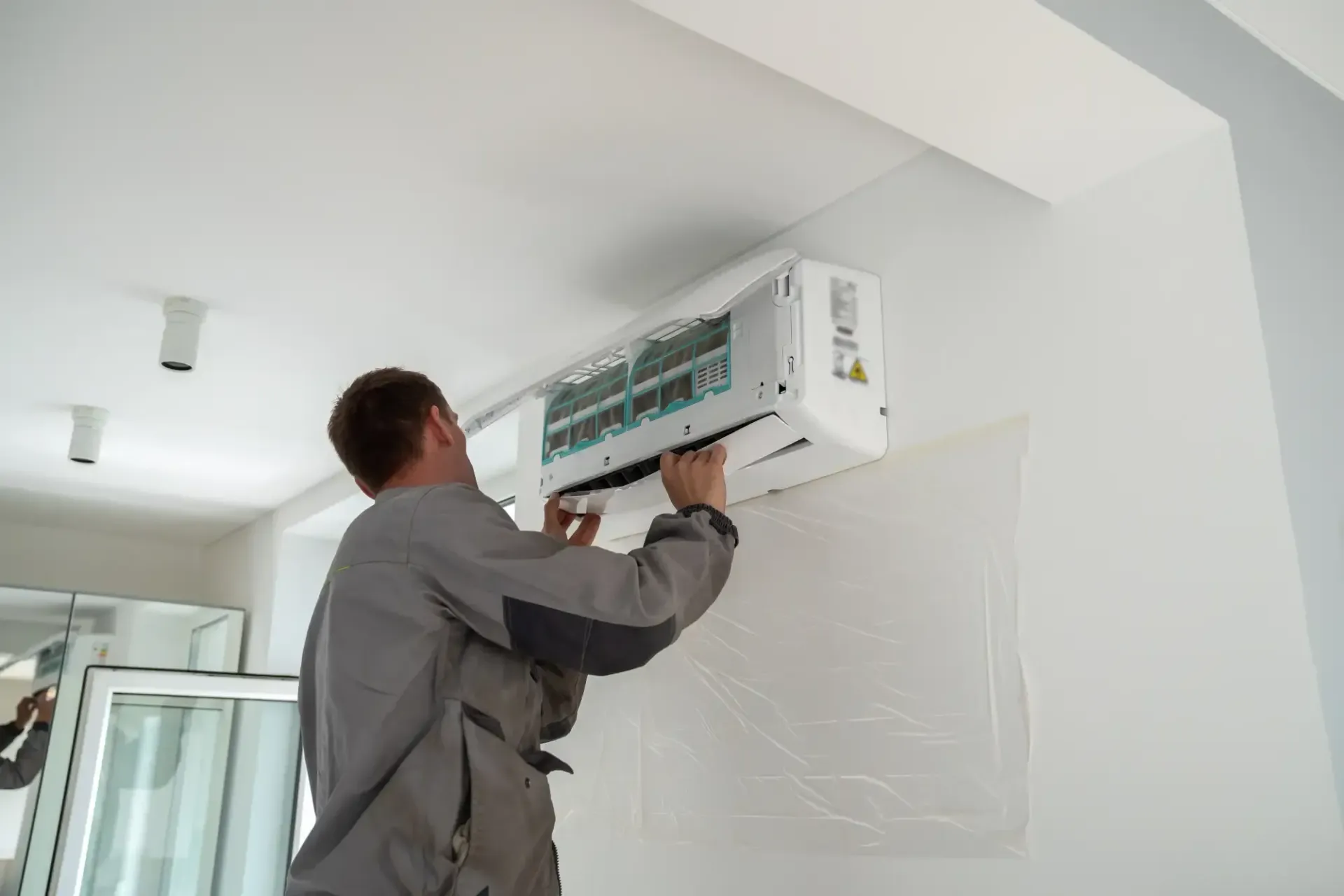
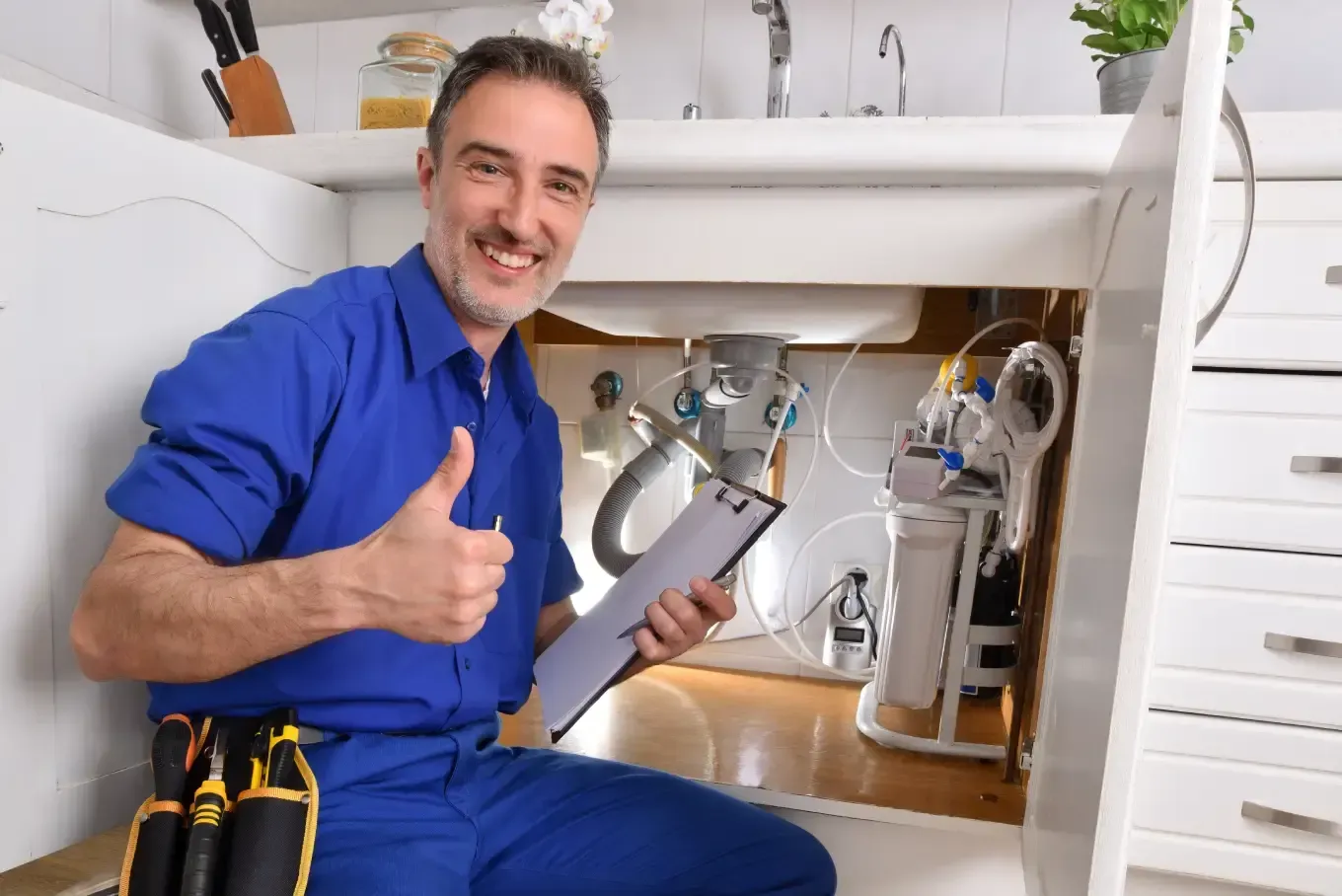

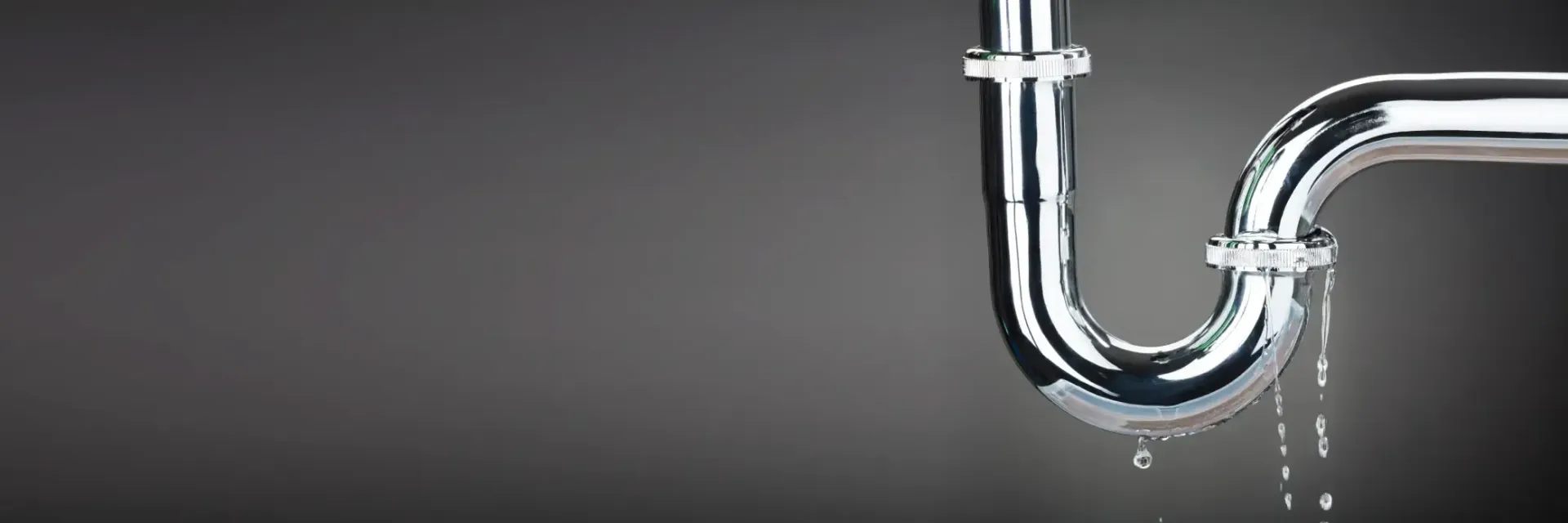

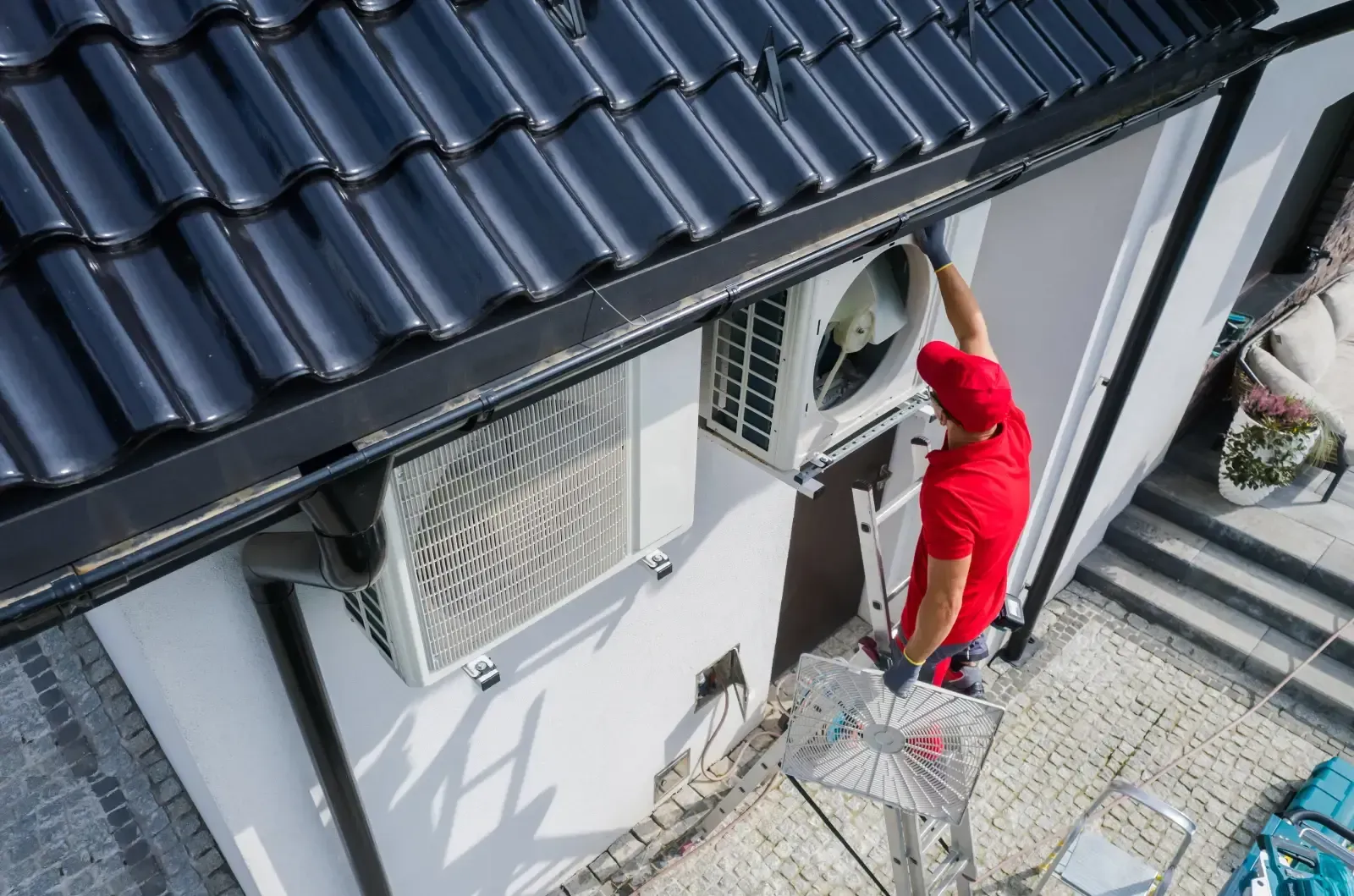
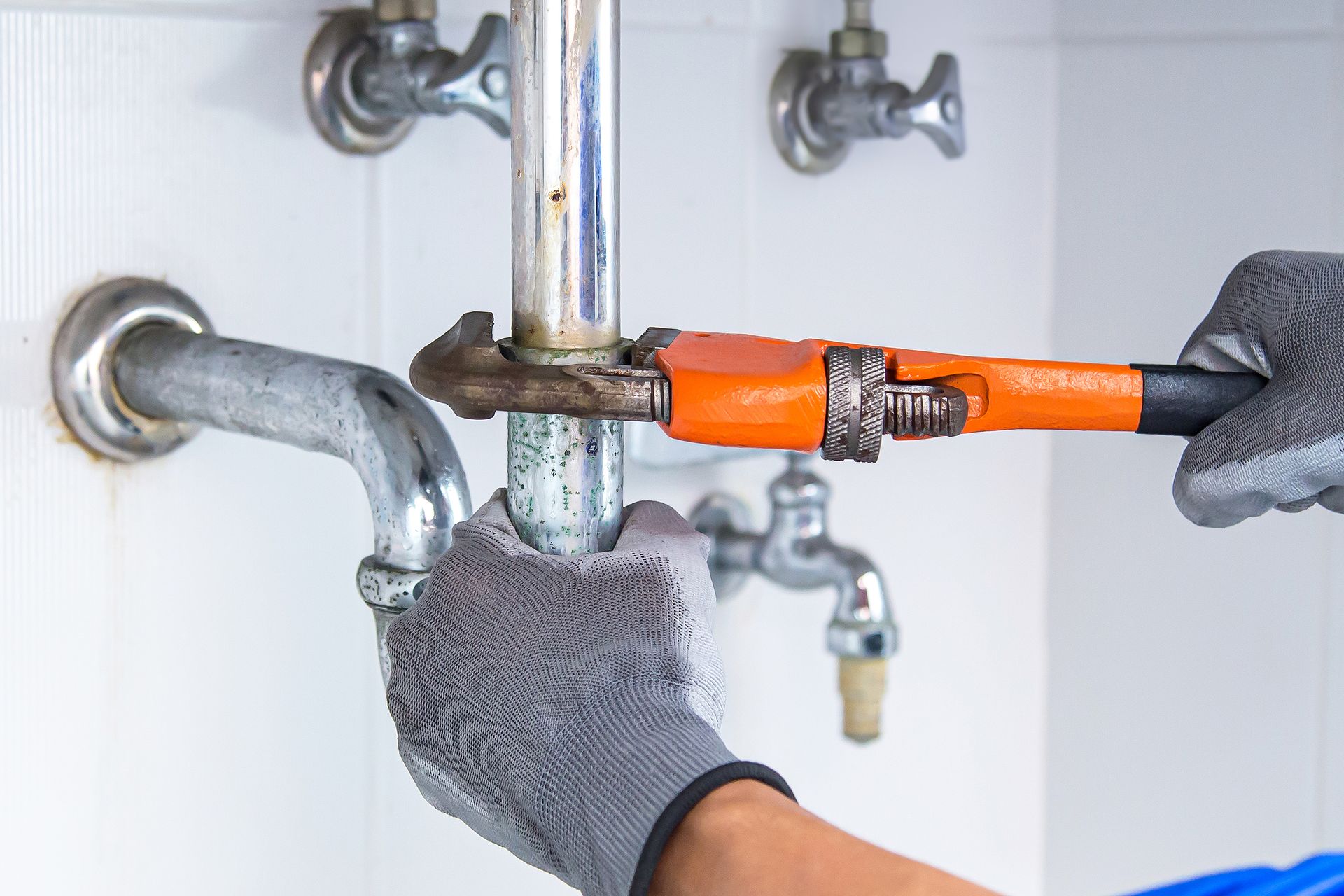
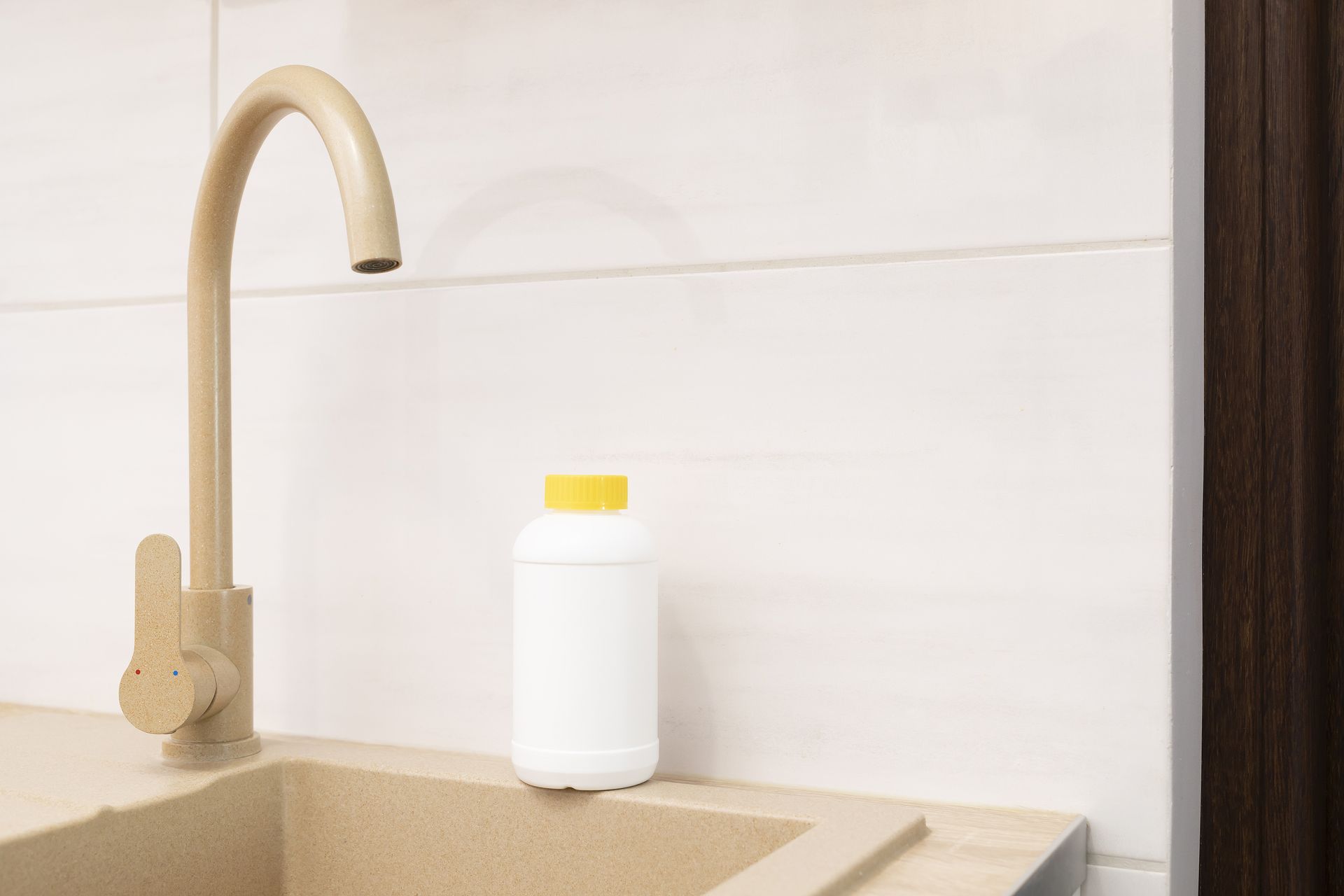
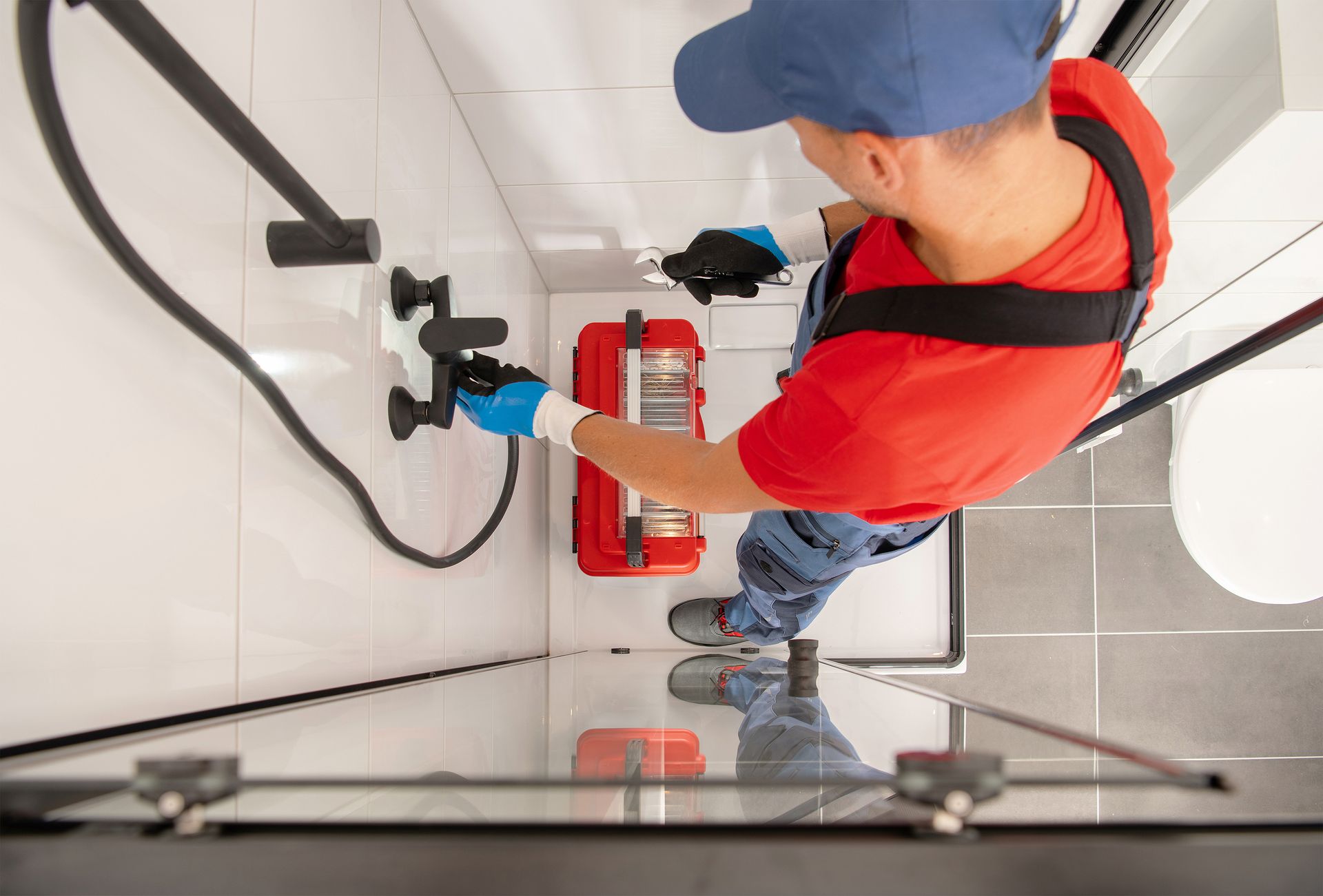
Share On: